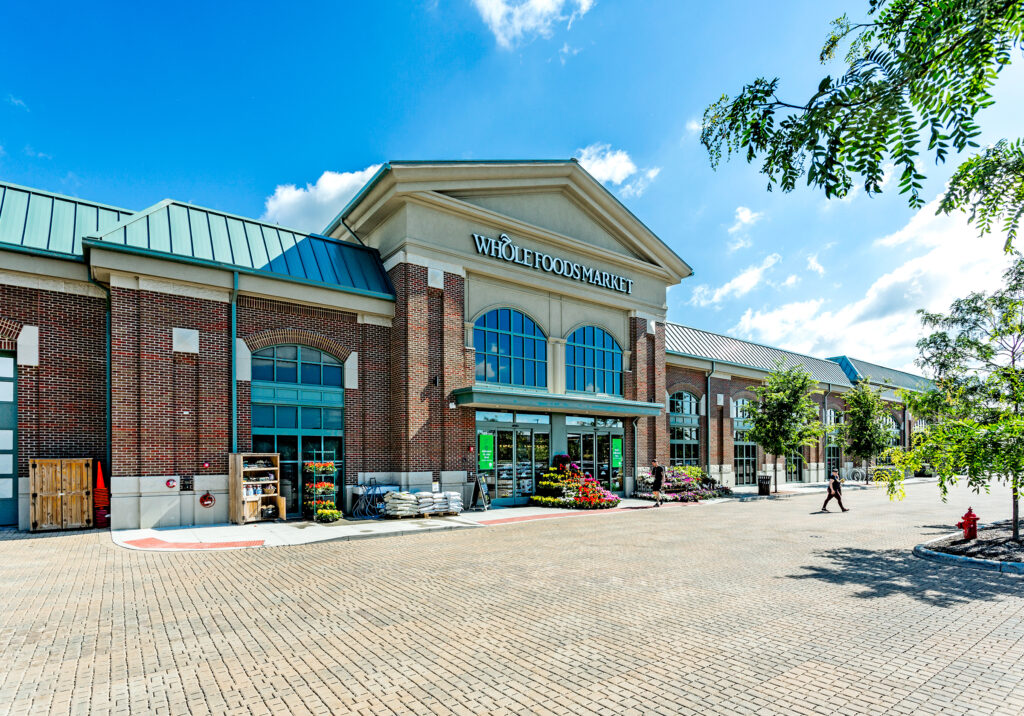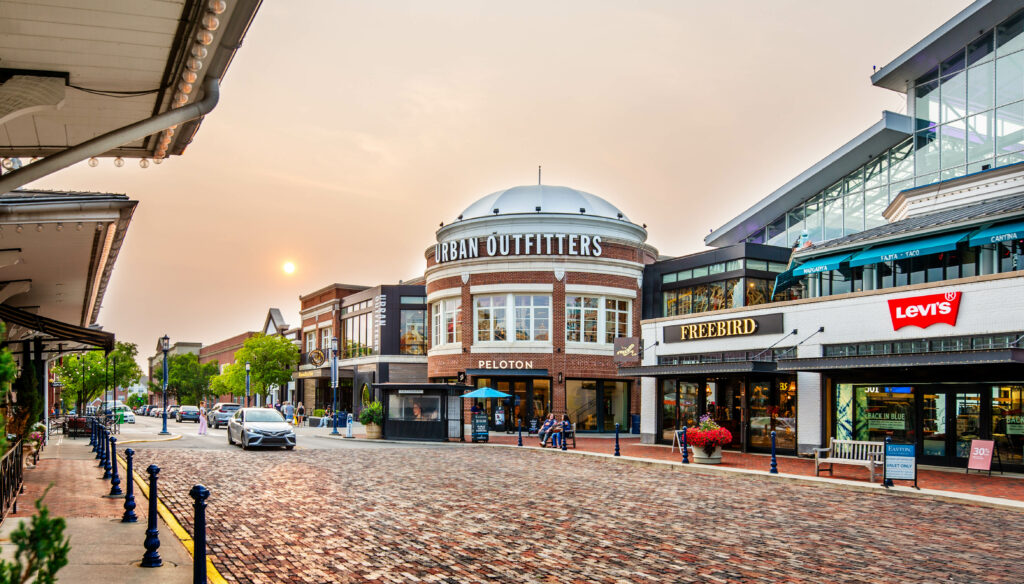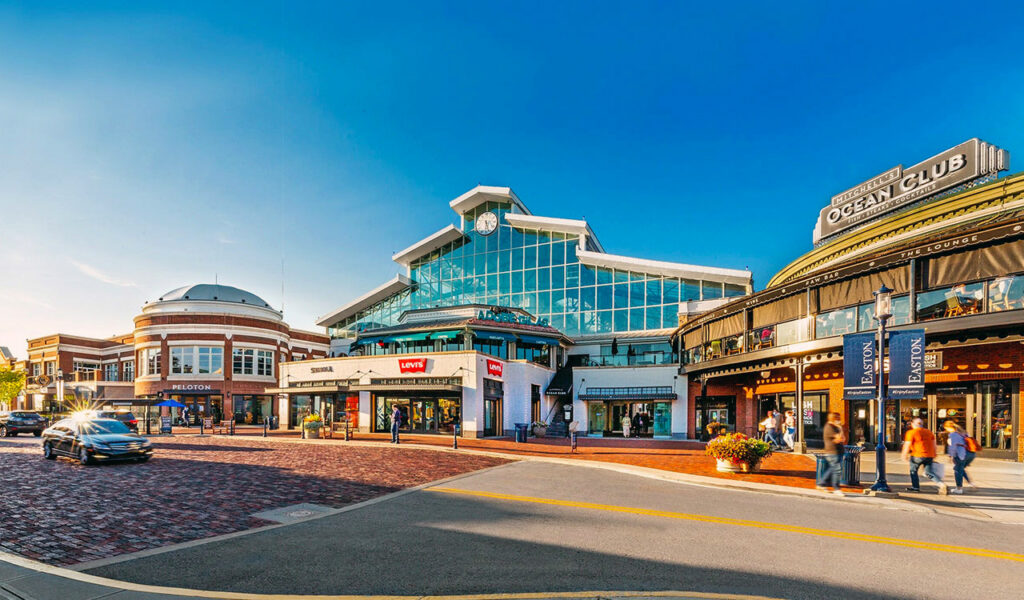By Yaromir Steiner
It was great to be back in Las Vegas, Nevada for the ICSC Here, We Go 2021 conference on December 5th through December 7th at the Las Vegas Convention Center. I almost always leave these events both invigorated and inspired by the opportunity to meet with industry peers, partners, and media members. It’s an opportunity for us to share our thoughts and have great conversations about the people, projects, perspectives, and possibilities shaping the retail development landscape.
This year, despite the backdrop of an ongoing pandemic, there was a lot of optimism about the state of the industry. There was also, as always, some frank and fascinating discussions about the challenges and changes that professionals in our line of work are grappling with. From COVID disruptions and evolving demographic and sociocultural shifts, to sustained and stressful labor shortages, and, perhaps most significant, the looming prospect of losing a sizable percentage of traditional shopping centers in the years ahead.
What’s always intriguing to me is the response to those challenges: the prospect of how retail and mixed-use developers—and their retail partners and clients—will need to evolve and adapt in the years ahead. Some of that evolution will be subtle and gradual, and some of it may be dramatic and transformative. Now that I’ve had some time to digest those ICSC conversations, it has helped to crystallize some of my thoughts about what those changes might look like. In this piece and a follow-up post, I’ll elaborate about where we are today and where we might be headed in the not-too-distant future.
The good news is that the near term looks good. The last year has been better than many projected, with retailers bouncing back from the stresses and uncertainties of 2020 despite a frustratingly persistent pandemic. When it comes to retail real estate, demand remains high. Retailers have had a hard time finding the quality locations they need to expand. While there have been some supply chain issues that have led to delays and cost increases, there hasn’t been any genuinely dramatic or crippling impact in terms of brands and businesses being able to build and open new stores.
The biggest story, however, is what happens next, specifically with traditional malls. By some projections, we could lose up to 20% of traditional malls in the next five years—and more than 50% of those malls in the next decade or so. That’s a big change to the retail landscape, and it creates some big questions. Can online business pick up some of the slack? Can expanding into new markets help? The answer to both is probably yes, but hardly enough to replace what will be lost. Retailers should be asking themselves how they replace that volume. Where are they going to put their stores? It’s incumbent upon retail developers to help answer that question. To figure out how to create environments where a GAP or a Victoria’s Secret can put a store to replace the malls that closed.
There’s been speculation that big box or power center concepts could be the “new anchors” for lifestyle or town centers. Brands like Target are doing a higher percentage of sales online, and those stores are fundamentally utilitarian in nature. The anchors of the future will be smaller and more experiential. Food and beverage destinations, entertainment concepts, and brands like American Girl and Build-a-Bear that offer unique and interactive experiences. Emotional connections, and things you can’t find or replicate online will continue to grow in prominence and important in brick-and-mortar retail. There is a fundamental human need to connect—with brands, products, places, and people—that isn’t going anywhere, and physical retail environments must continue to recognize and address that need.
Up next, I’ll explore what those environments might look like—and what some of the operational changes retailers may need to embrace along the way to thrive in a “post-enclosed mall” future.






